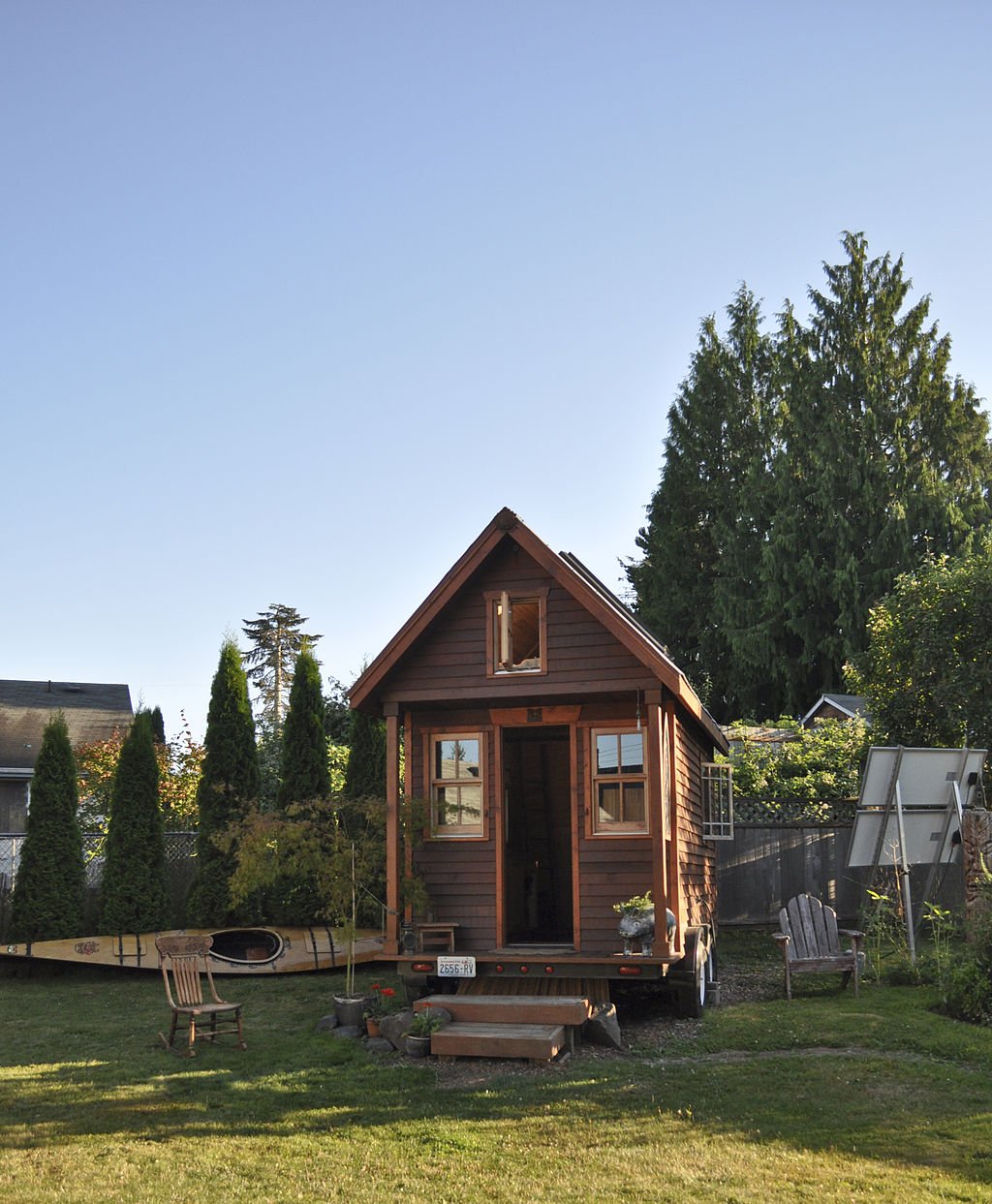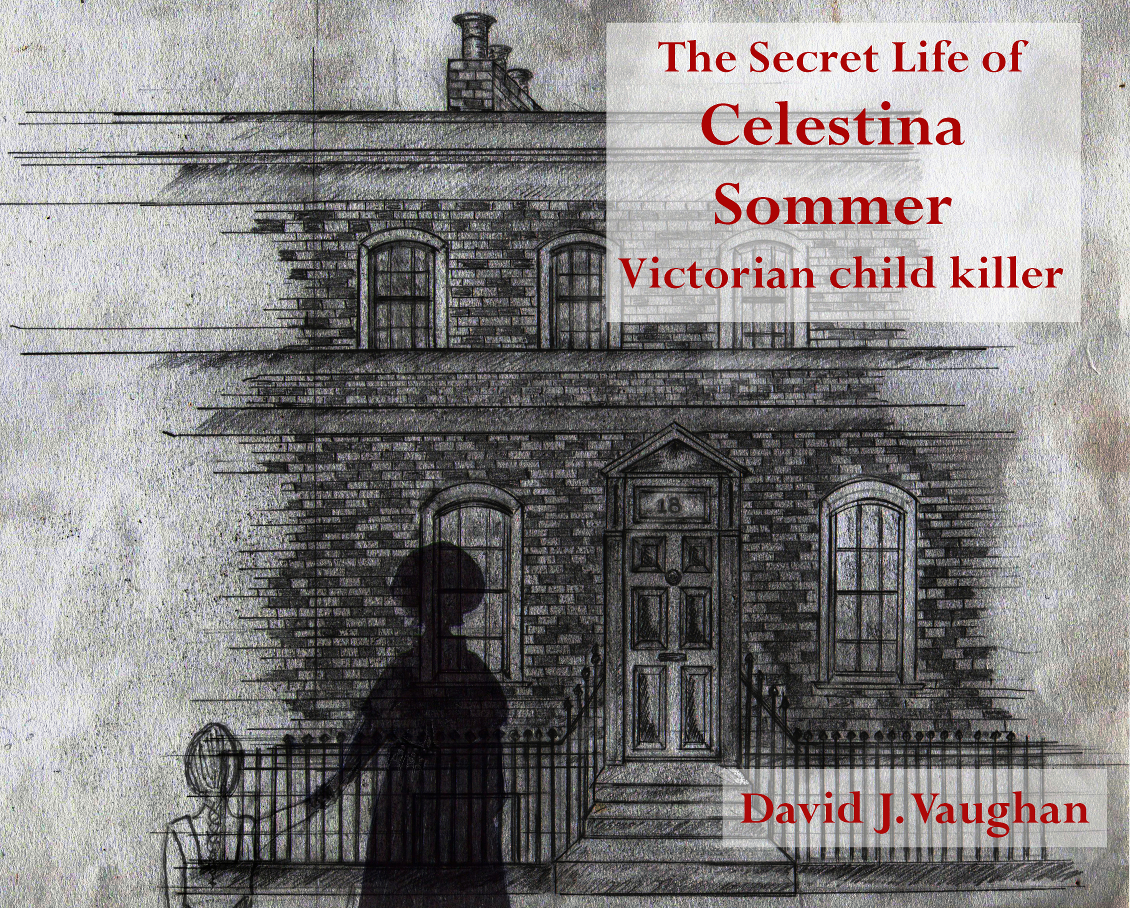There are believed to be well over 10,000 tiny homes in America today. But just where did tiny houses originate from? Here, Jennifer Dawson considers the history of tiny houses.
A tiny home in Portland, Oregon. Source: Weekend with Dee/Tammy, available here.
Tiny houses in the 1970s
Larger houses cause more damage to the environment – indeed, environmental concerns were one of the main reasons behind the tiny house. The 1970s is where the modern-day tiny house movement really began. In 1971, Matti Suuronen built The Venturo House. The ‘summer pod’ as it was also known was made from plastic, metal, wood, and acrylic-based glass. The house was fully portable as it came in just seven parts and no maintenance was required. Two years later, Lloyd Kahn and Bob Easton released the book ‘Shelter’. The book was about every tiny house that had ever existed, dating back centuries. This helped to raise awareness of tiny homes and get people to see how important they are in protecting the environment. In 1978, Michael Jantzen designed and built the ‘Autonomous Dwelling’. The dwelling was designed to be as eco-friendly as possible. It ran off solar power, harvested rainwater, and was made from green materials, including steel and cellulose.
Growth in demand
A book titled ‘Tiny Houses: Or How to Get Away From It All’ written by Lester Walker was published in 1987. The book was made up of photos and diagrams and showed people how they could get away from the hustle and bustle of daily life by hiding out in a tiny home. Perhaps the biggest leap in the tiny house movement came at the end of the century though. 1999 saw Jay Shafer launch the Tumbleweed Tiny House Company. Shafer is now known as ‘the man behind the tiny house trend’. Since 1999, his company has sold tiny green portable RVs to the public with great success.
A better way of life
Following The Great Recession, many people chose tiny houses because they had no other choice. But things have since changed and people are opting for tiny houses because they want to live in them. Downsizing your living space is financially better - many tiny homeowners have more savings than the average person. Living in a tiny home is also good for minimalism. The size of tiny homes is debated, but often seen as less than 400 square feet - so you can’t store lots of belongings in them. Less clutter makes life more functional and it even reduces stress levels.
A necessity
As previously mentioned, when the noughties came around, tiny homes became something of a necessity for some people. One in five workers lost their jobs following The Great Recession and many people had their savings completely wiped out. This made owning a traditional home impossible. But as tiny homes are around of course significantly than standard homes, they made it possible for people to keep a roof over their heads without taking on a large amount of debt.
Tiny houses have been around for years. They originally started as a niche trend. But as time has moved on, they’ve played an important role in more peoples’ lives.
Let us know what you think of tiny homes below.







